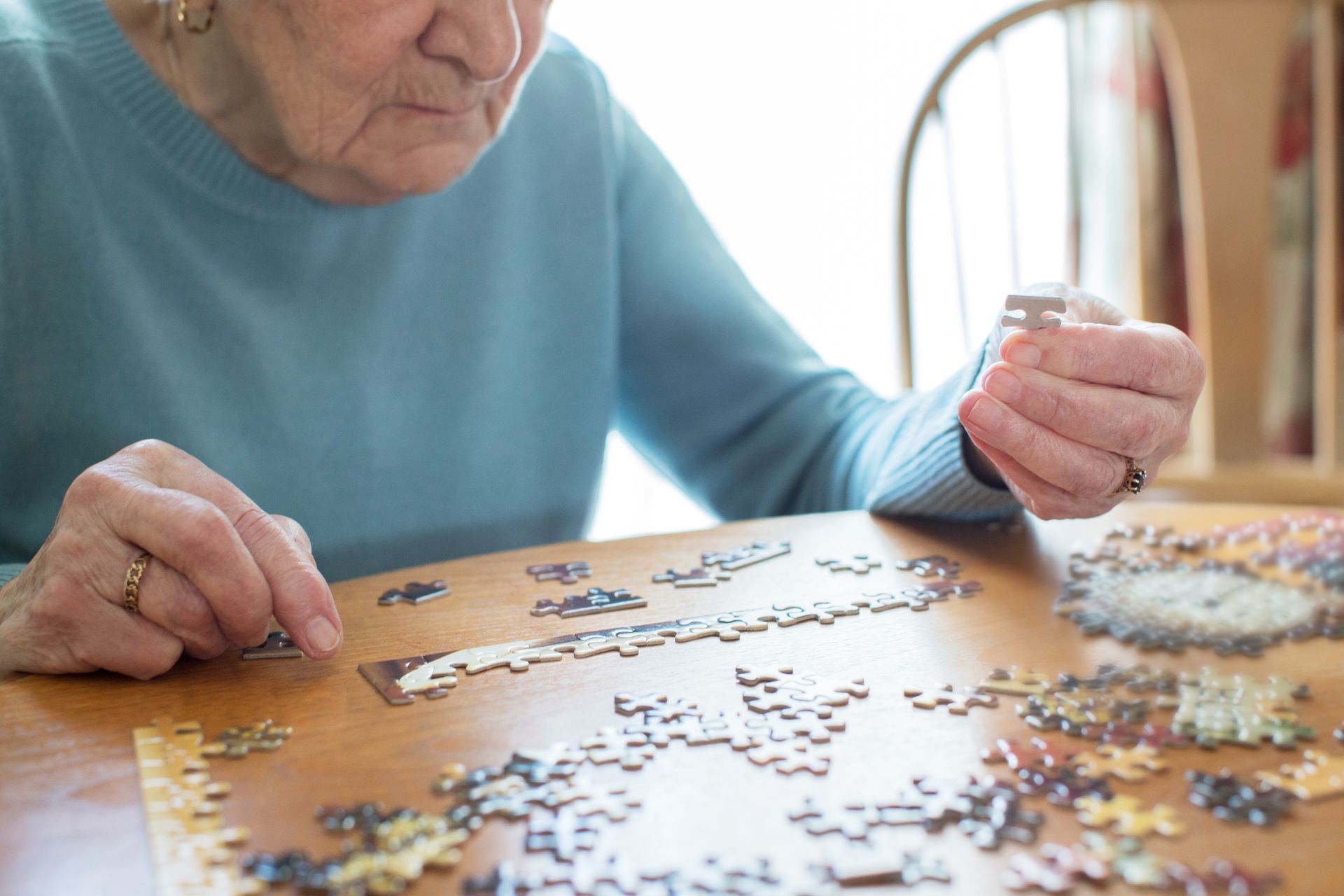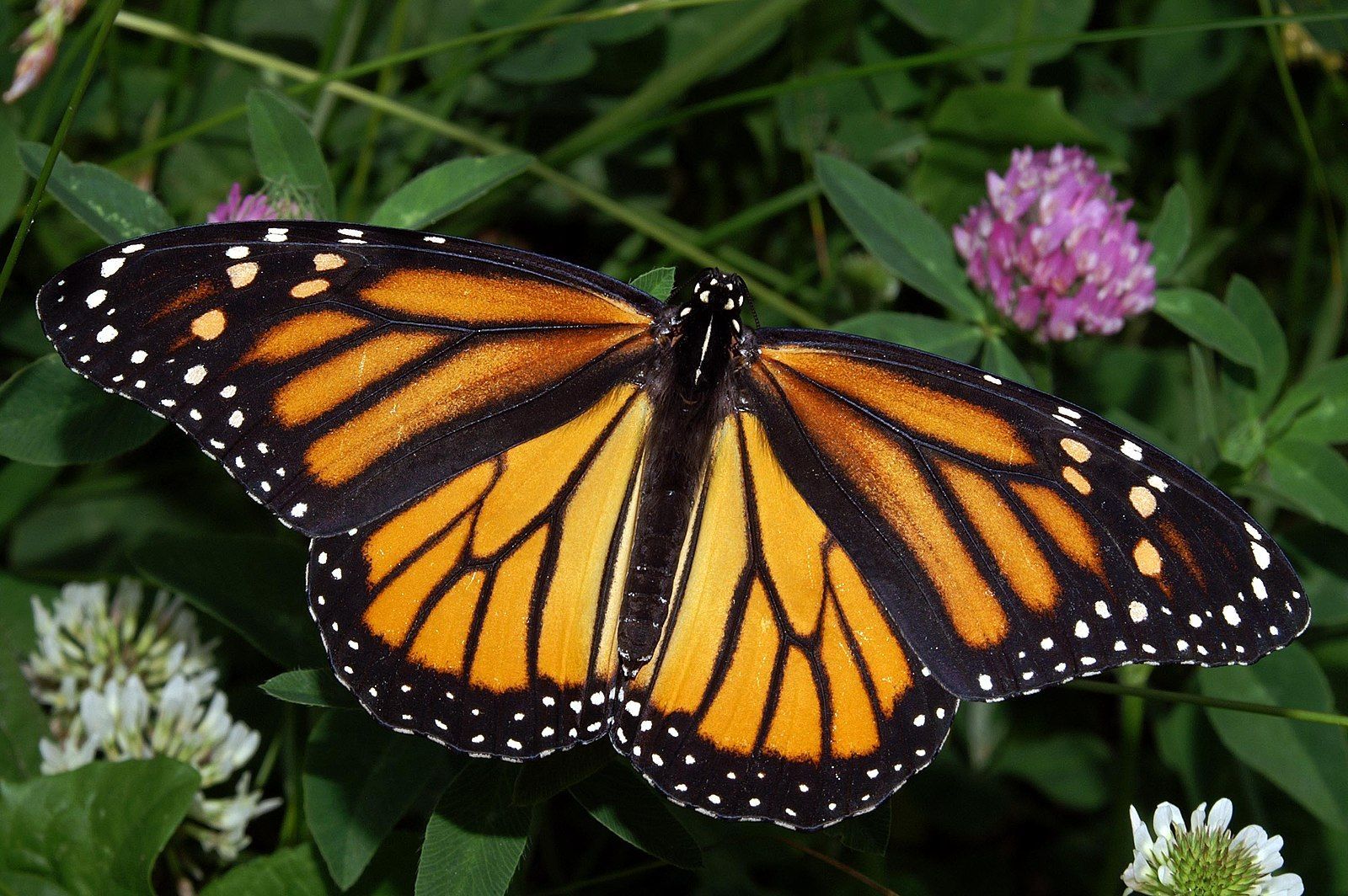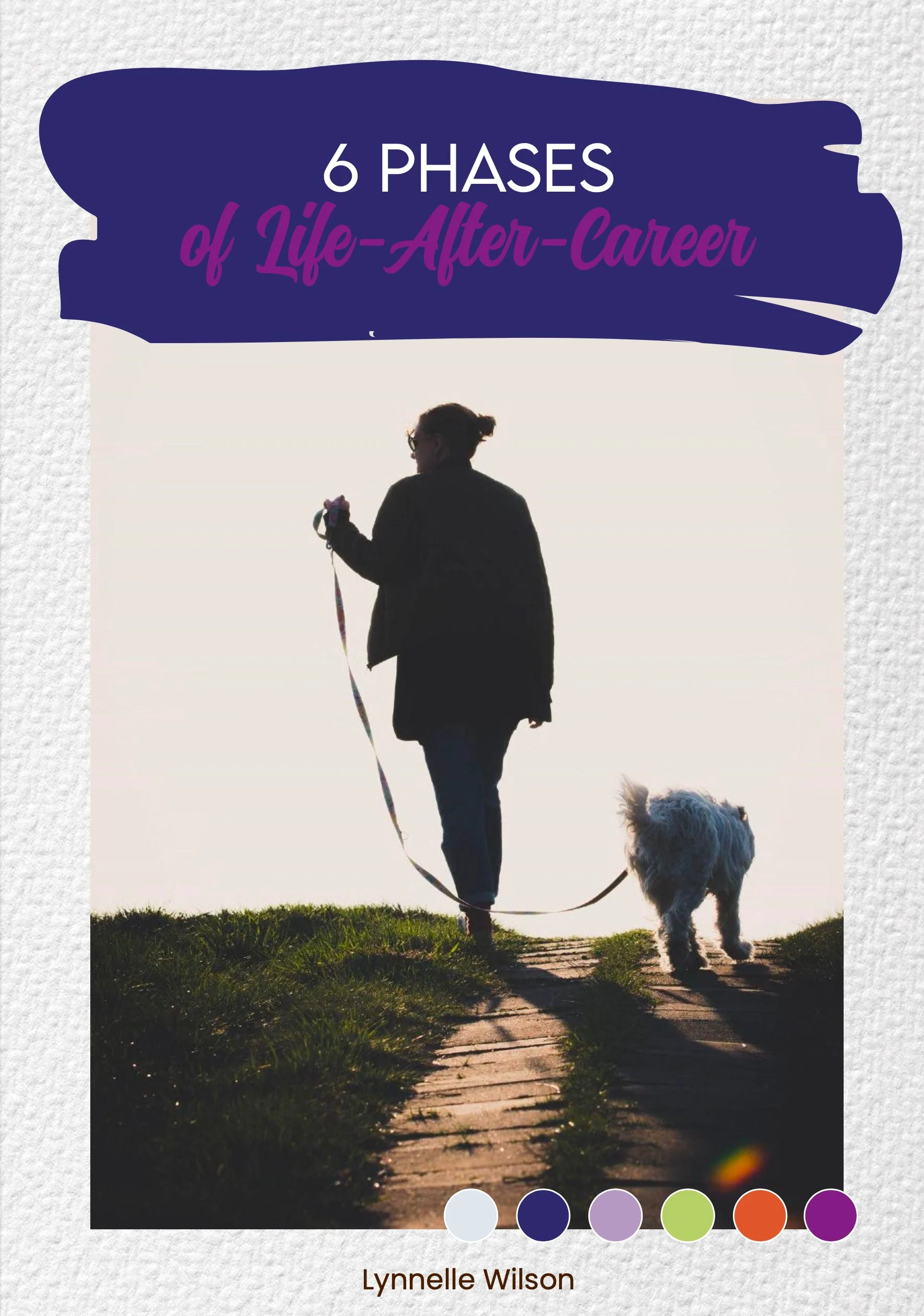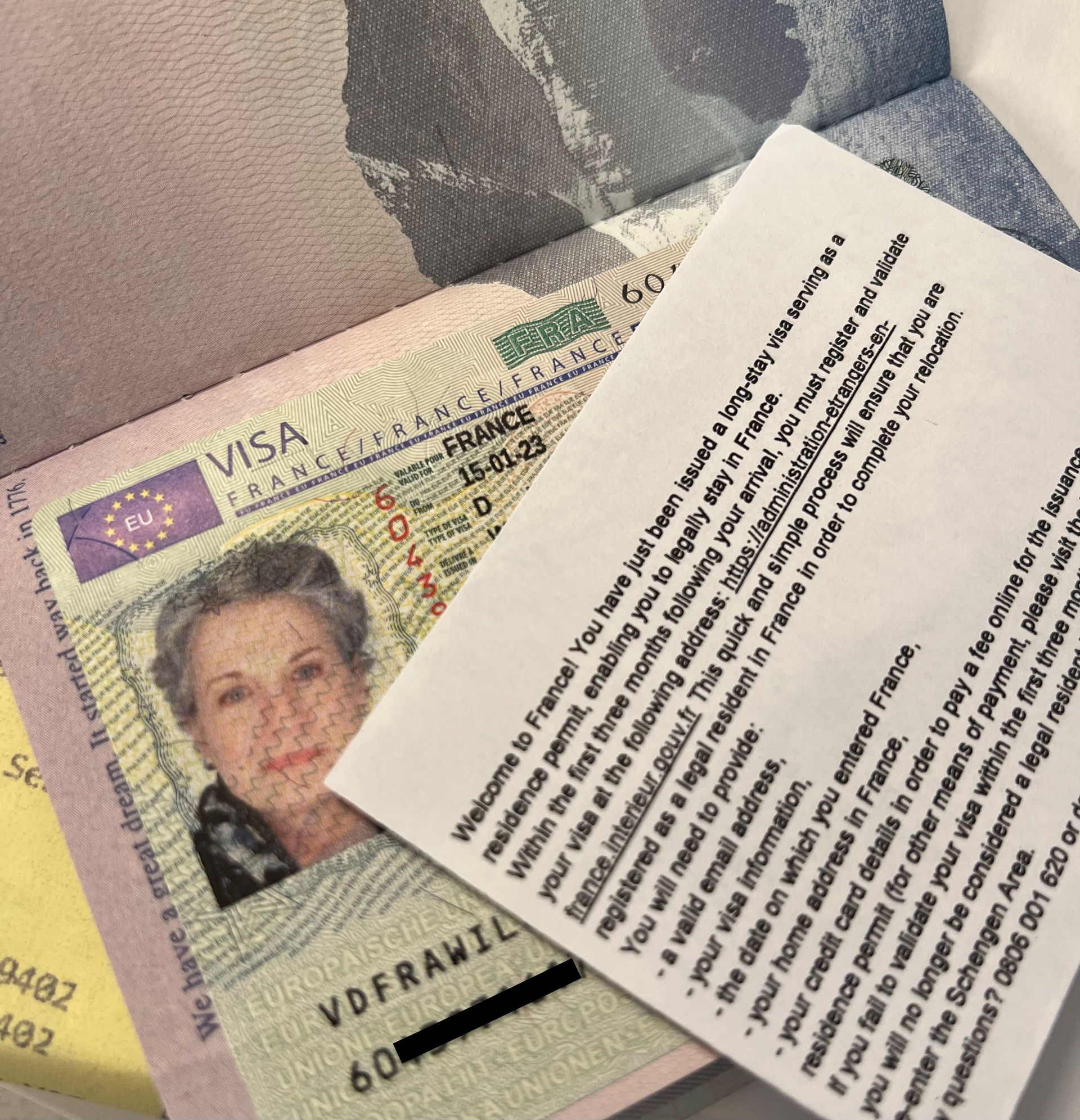Gratitude Without Thanks
Why a Gratitude Practice is Important - ESPECIALLY When You Don't Feel Thankful
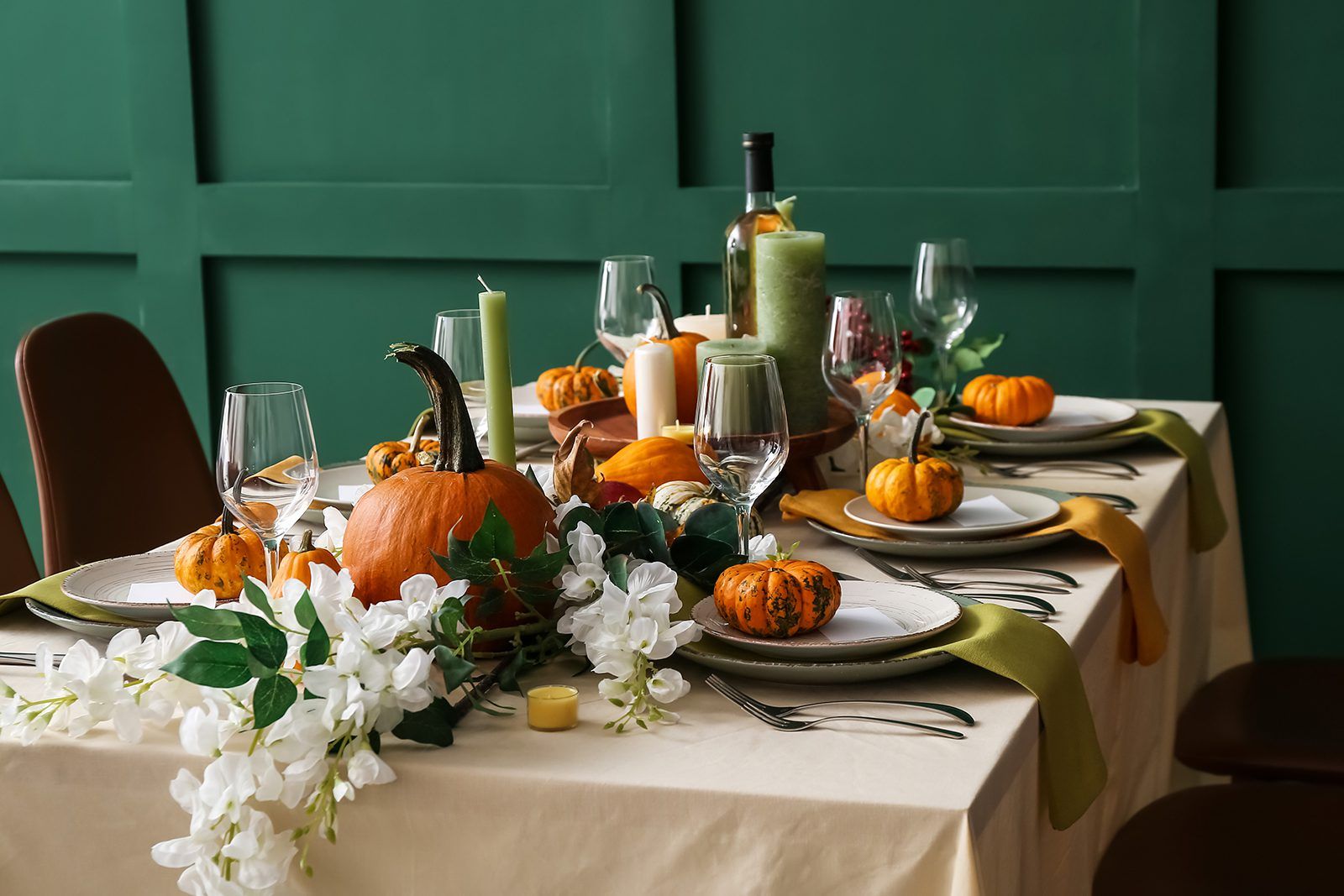
With Thanksgiving a few days away, most of us will be inundated with opportunities to recognize the things in our life we’re thankful for.
Perhaps, after leaving a long, successful career, you have yet to find your next chapter niche. You spent decades managing your career and your life; you were in control. Now, without the career, your position, the day-to-day structure - who are you and what do you control now?
“I’m not sure.” is a somber realization and one that can set you back on your heels.
If you feel like you're lost and floundering in life, feeling grateful can seem like a difficult (or shallow) task. But a gratitude practice is exactly what you need.
First, recognize the difference between BEING grateful and FEELING grateful. You are looking at a difficult life situation though a grateful lens by recognizing situations in your life for which you are gratefu. That does not mean you are ignoring or denying the difficulties.
It isn’t an attempt to will your negative emotions away or to trick yourself into thinking something that is challenging isn’t. You make a conscious decision to BE grateful, not FEEL grateful. It is a perspective and a conscious choice.
When life veers into uncharted, unfamiliar territory, a gratitude practice will give you a perspective to look at “the forest” of your life, and not the individual “tree” or the temporary circumstance you are experiencing at the time. Yes, this perspective is hard to achieve—but the decades long research or Robert Emmons says it is worth the effort.
Why is a gratitude practice good for you?
Physical
- Stronger immune systems
- Less bothered by aches and pains
- Lower blood pressure
- Exercise more and take better care of their health
- Sleep longer and feel more refreshed upon waking
Psychological
- Higher levels of positive emotions
- More alert, alive, and awake
- More joy and pleasure
- More optimism and happiness
Social
- More helpful, generous, and compassionate
- More forgiving
- More outgoing
- Feel less lonely and isolated.
Read more about Why Gratitude is Good, by Robert Emmons.
Gratitude Practice Isn't Only a Journaling
A gratitude journal is probably the most common practice to cultivate gratitude. But there are other, less obvious ways to be grateful.
- Remember the Bad. To be grateful, it can be helpful to remember hard times.
- Ask Yourself Three Questions. “Naikan” is a self-reflective form of meditation exploring your connections with significant people in your life.
- What have I received from _________?
- What have I given ____________?
- What troubles or difficulties has _____________ caused?
- What troubles of difficulties have I caused _____________?
- Learn Prayers of Gratitude.
- Use Visual Reminders. The primary obstacle to being grateful is a lack of awareness, a visual reminder, even a person, can serve as a reminder.
- Make a Vow to Practice Gratitude. Saying you’ll do it will increase the likelihood that you WILL do it.
- Watch Your Language. Make an effort to use more “You” language, rather than “Me” language. Focus on how much good others have done for you rather than how inherently good you are.
- Go Through the Motions. Smile. Say “Thank You”. Send a written not “I’m thinking of you.”
- Think Outside the Box. Be spontaneous and creative. Perform random acts of gratitude.
In difficult times, you don’t have to feel grateful. Just take the time and effort to think of your life and BE grateful for the good parts and the lessons learned.
More Articles





